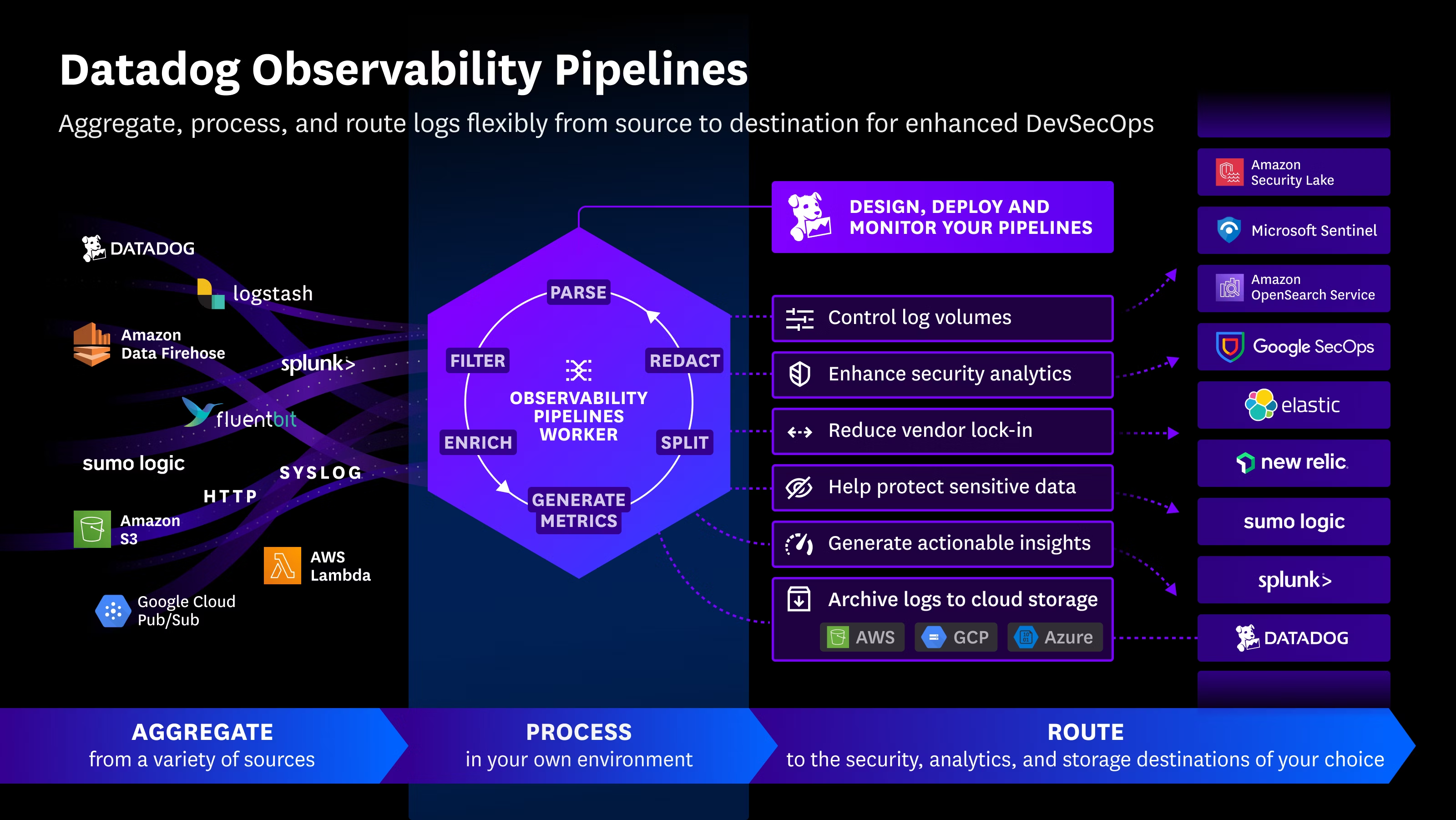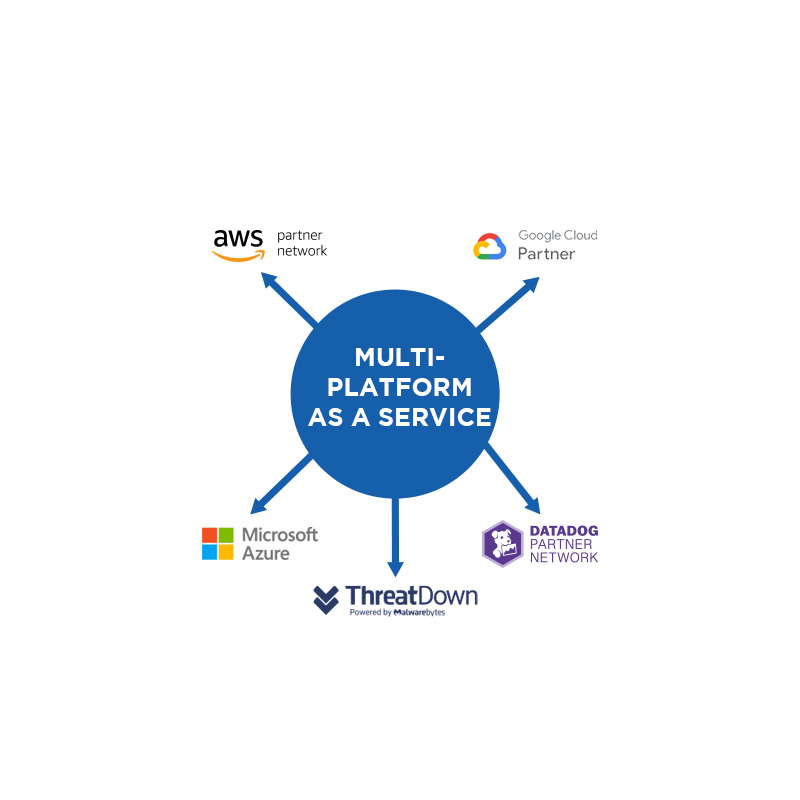Ransomware continues to pose a significant threat to enterprises, with a 37% increase reported in 2025 and involved in nearly half of all security breaches, according to the Verizon Data Breach Investigations Report. Despite investments in tools and training, survival often hinges on one key factor: an organization’s muscle memory to respond quickly and recover stronger.
Surviving a ransomware attack isn’t just about having the fastest reaction; it requires organizational agility, quick decision-making, and practiced responses — much like an athlete’s muscle memory developed through training and repetition.
The cornerstone of an effective defense is a well-maintained Incident Response (IR) plan. However, IR plans are not static documents or mere best practices stored away. They are dynamic, living resources that require regular updates, testing, and real-world drills. Tabletop exercises, which simulate attack scenarios, are essential for building this “muscle memory” within the organization.
Plan Your Workout
Just as physical training is personalized, organizations must understand their unique structure and vulnerabilities. Adopting an “assume breach” mindset is critical. Identify potential external points of compromise and understand how attackers could move within your systems to maximize damage.
Beyond technical vulnerabilities, mental readiness is crucial. From frontline employees to executives, fostering hyper-awareness of threats and maintaining vigilance helps prevent social engineering and other deception tactics.
Warm Up
With a plan and mindset in place, it’s time to prepare cognitively. Document normal business operations and identify critical assets. Then, envision the worst-case scenarios that could disrupt business continuity. Understand your organizational strengths and weaknesses thoroughly, and develop strategies to address and mitigate vulnerabilities.
Recognizing early warning signs — operational anomalies that signal something is amiss — is vital. This goes beyond automated anomaly detection systems; it requires deep business knowledge and effective communication across teams to sense when “something is off.”
Train, Recover, and Repeat
The real work begins with practical training. Conduct breach “dry runs” to establish clear, actionable procedures for incident activation, escalation, and response. These drills must become second nature to all involved.
Regular communication among stakeholders is essential to ensure that, in a crisis, the organization acts with a unified voice. As skills improve, challenge the team by increasing the complexity and variation of exercises — a process akin to “spotting” yourself in the gym to identify weaknesses and improve form.
To avoid complacency from repetition, incorporate “cross training” by varying exercise types and session lengths. This approach keeps the team’s perspective sharp and encourages continuous improvement from different angles.
Measure Your Gains
Constant measurement is key to maintaining organizational fitness. After each exercise, evaluate performance, not just compliance. Ask critical questions: Was the incident resolved effectively? Were gaps identified and addressed? Is collaboration strong across internal and external teams? Is the organization improving continuously?
Bringing in third-party Offensive Security firms can provide unbiased assessments and help validate your processes, offering recommendations for enhancement without rebuilding your entire strategy.

 Español
Español













